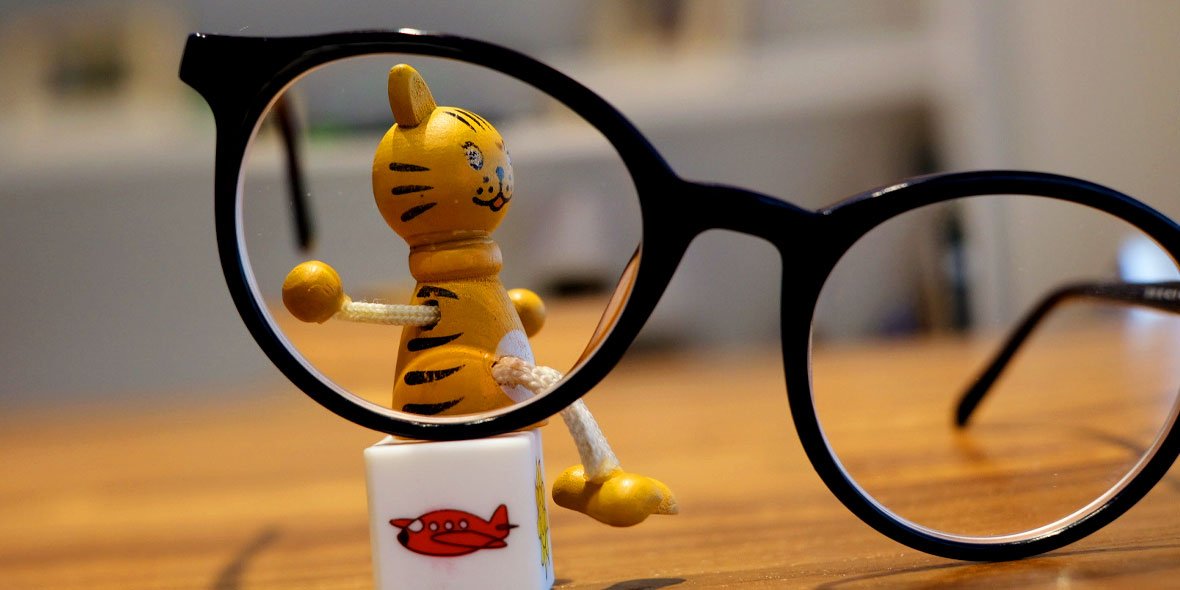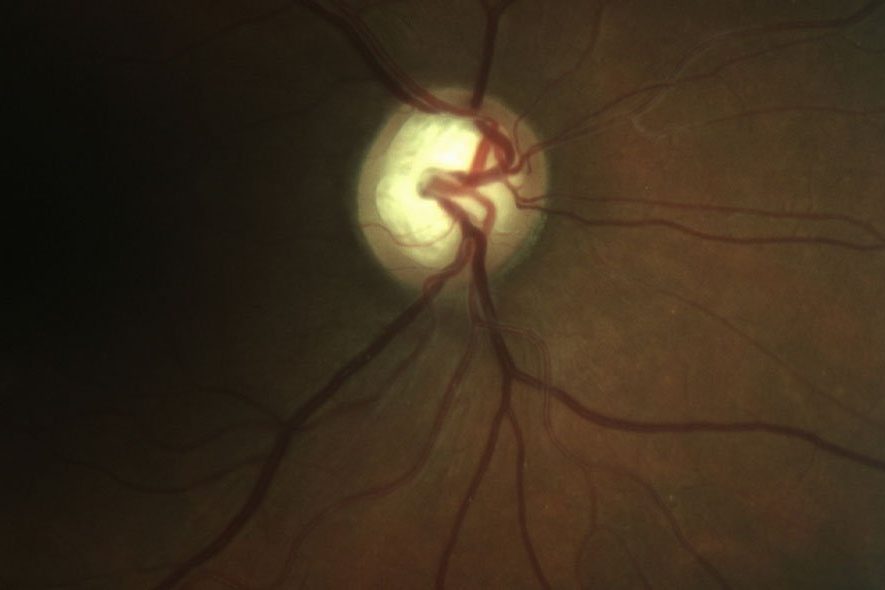The customization of Paediatric Ophthalmology
Ophthalmology is unique between medical specialties. The eye, its surrounding structures and vision pathways can be affected by a wide variety of pathologies. Successful resolution often requires combined diagnostic and therapeutic capabilities from a doctor as well as technical skills from a micro surgeon. These elements should be gathered in a single person who holds the overall and integrated understanding of the patient as a whole. Ophthalmology is thus a medical-surgical specialty.
One of the eye’s fundamental properties relies on the transparency of many of its components. This allows a direct observation of the details of its structure as well as pathologies’ details, unlikely most of the other human body parts.
More and more new discoveries of basic sciences are being applied to clinical practice. Innovative technologies for eye imaging are helping diagnosing and treating many conditions, with numerous advances in microsurgical techniques that have progressively improved the results.
Ophthalmology covers all age groups, from premature newborns up to the most senior members of the population. On the other hand, and although patients often suffer from eye diseases such as cataracts, glaucoma and age-related macular degeneration, many eye and surrounding structures’ pathologies may be part of an underlying systemic disease like diabetes.
Therefore, there is a close collaboration with many specialists, including endocrinologists, rheumatologists, neurologists, neurosurgeons, otorhinolaryngologists, maxillofacial surgeons, plastic surgeons, paediatricians and geneticists.
Ophthalmologists may develop interest and commitment for specific fields, that is, sub-specialties in several different pathology groups. For example: paediatric ophthalmologists deal with visual development and children-related diseases.
Uma das propriedades fundamentais do olho é que muitos dos seus componentes são transparentes. Isso permite que os detalhes da sua estrutura e das patologias que a afetam sejam observados diretamente, de uma maneira que não é possível para a maioria das outras partes do corpo humano
Cada vez mais as novas descobertas das ciências básicas estão a ser aplicadas à prática clínica. Tecnologias inovadoras para imagiologia do olho ajudam a diagnosticar e tratar muitas condições, tendo havido inúmeros avanços nas técnicas microcirúrgicas que melhoraram progressivamente os resultados.
A Oftalmologia abrange todas as faixas etárias, desde recém-nascidos prematuros até aos membros mais seniores da população. Por outro lado, e embora os pacientes tenham muitas vezes doenças próprias do olho, tais como cataratas, glaucoma e degenerescência macular da idade, muitas patologias do olho e das suas estruturas circundantes podem fazer parte de uma doença sistémica subjacente, como ex. a diabetes.
Assim sendo existe uma estreita colaboração com muitos outros especialistas, incluindo endocrinologistas, reumatologistas, neurologistas, neurocirurgiões, otorrinolaringologistas, cirurgiões maxilo-faciais, cirurgiões plásticos, pediatras e geneticistas.
Os oftalmologistas podem desenvolver interesse e dedicação por áreas específicas, isto é sub-especialidades em vários grupos de patologias diferentes. Por exemplo, os oftalmologistas pediátricos lidam com o desenvolvimento visual e doenças próprias das crianças.






